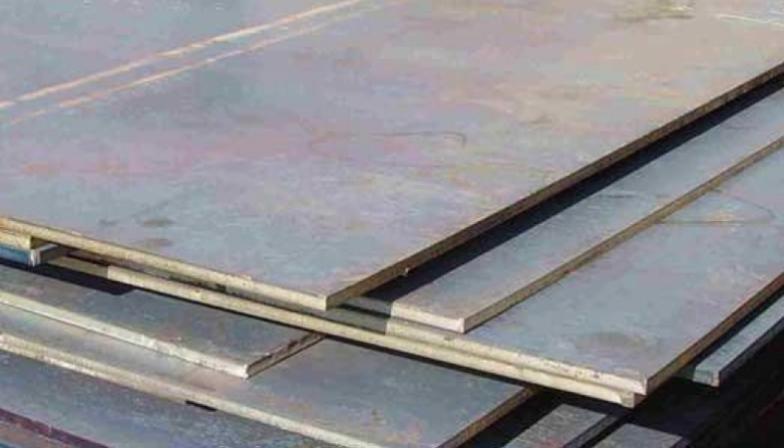In Brazil, steel buyers are reluctant to conclude deals in the current difficult market conditions. Several purchasers of flat products indicate that the latest upward price initiative is unwarranted and does not reflect real demand. However, the Instituto Nacional dos Distribuidores de Aço (Inda) reports that, in February 2019, domestic flat rolled finished steel sales totalled 309,800 tonnes – up 19.3 percent, compared with the corresponding figure in the previous year. Nonetheless, the association is projecting that distributor and service centre sales fell by nearly 5 percent, this month.
The trading environment is slow, in the Russian Federation. Distributors found it difficult to pass on this month’s upward price adjustment to their domestic customers. Many end-user groups are adopting “wait and see” positions, anticipating that more attractive transaction values will be available, in the near future. Meanwhile, domestic steel producers, Evraz and NLMK, are reported to be planning to manufacture more high value-added finished steel products, this year.
Escalating input expenditure is exerting upward pressure on flat rolled product prices, in India. However, procurement activity was slightly weaker than forecast in the period following the Holi festival. MEPS detects a reluctance on the part of end-users to commit to forward orders. Purchasing activity amongst construction firms is tepid, at present. Local steelmakers are seeking to expand their overseas business opportunities, as a result.
The outlook for the Ukrainian market is unchanged. Domestic steelmakers are forecasting that the second quarter will be a challenging trading period. The likelihood of improvement is limited. Traditionally, the construction season commences in mid-April. Overseas sales are still very competitive. Exporters are looking to increase shipments to alternative destinations.
Turkish distributors and traders retain a cautious outlook for the second quarter, with many wary of carrying too much inventory over the next two months. They fear a price correction. Exporters are focusing on the Asian market, owing to increased competition, from Chinese, Russian, Ukrainian and Indian suppliers, in the Middle East and North African regions.
Demand for construction steel in the United Arab Emirates is tepid. The distribution network is in a ‘wait and see’ mode, noting that underlying demand is insufficient to support the rising transaction values. Importers are also hesitant about booking forward orders, with the month of Ramadan (commencing May 5) and summer season looming. During this period, business traditionally slackens in the finished steel segment.
The South African market is quiet, with little improvement in activity noted. Bearish local stockists are forecasting that sales volumes will stay muted in the second quarter of 2019 – highlighting that end-user groups are purchasing material only for immediate needs.
The trading environment is lethargic, in Mexico. Nevertheless, local steel producers are attempting to implement further price advances, in order to recoup their escalating outlay on raw materials. Meanwhile, the national chamber of iron and steel industry, CANACERO, has welcomed the Ministry of Economy’s decision to renew the import measures (valid from March 26). The legislation will expand to cover 186 steel related products – previously, 97 items were incorporated. The tariffs of 15 percent on imports of hot rolled coil, cold rolled coil and wire rod expired on January 31, this year.



